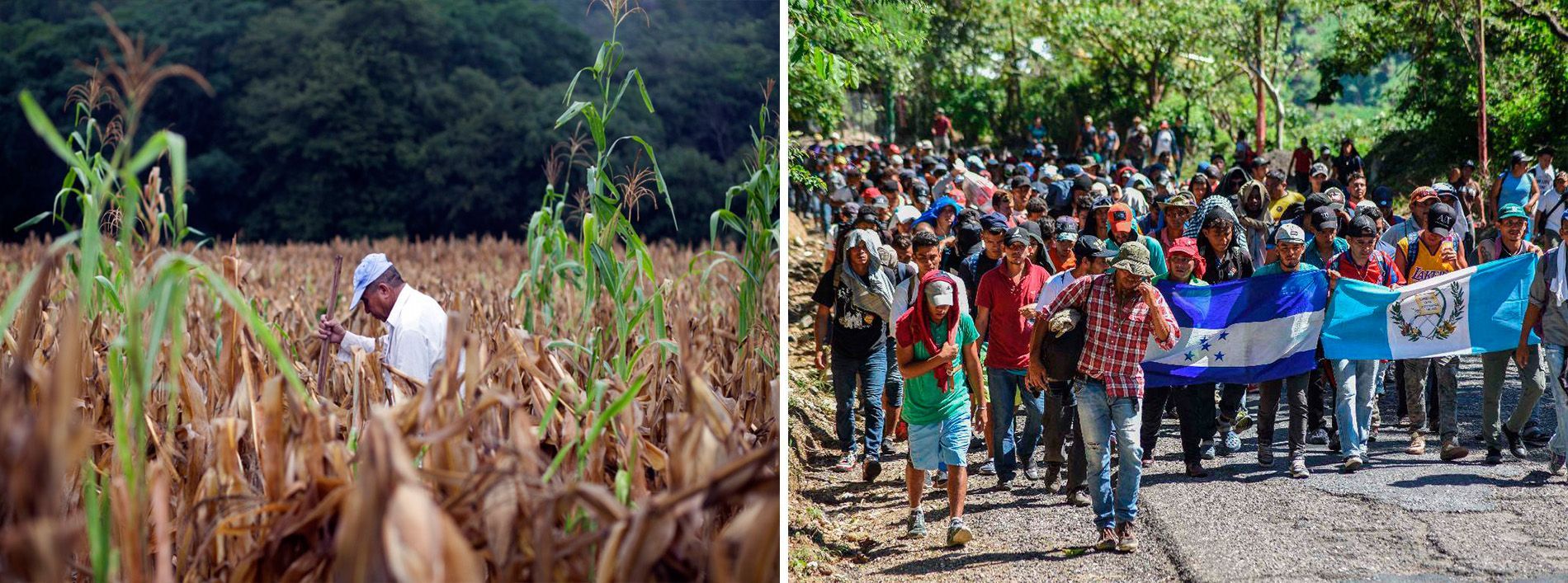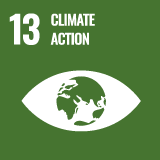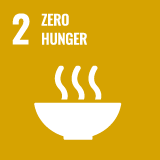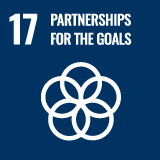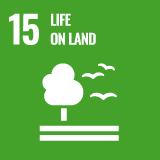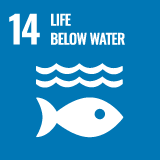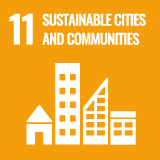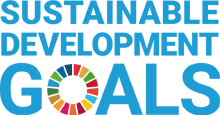

Droughts




Droughts, hurricanes and human migrations
In addition to the impacts caused by drought (prolonged or specific years of El Niño or AMO/NAO), many regions of the Caribbean are simultaneously affected by hurricanes and floods that are entailed. This multitude of overlapped extreme events exceeds the response capacity of many Governments of the region and provokes mass exodus of persons looking for opportunity in the future. Mass Migrations from the Central American Dry Corridor took place after the drought of el Niño phenomenon in the years 2015-2016 and 2018-2019, followed by the mega-hurricane seasons of 2017 and 2020.
Left, effects of the drought known as «canícula» in 2015 in San José del Golfo, Guatemala. Source: CONRED. Right, migrant caravan in 2018 following the droughts of 2015-2016 and the devastating consequences of the mega-hurricane season of 2017. The situation was repeated in 2010, after the droughts of 2018-2019 and the mega-hurricane season of 2020. Source: GETTY IMAGES.

